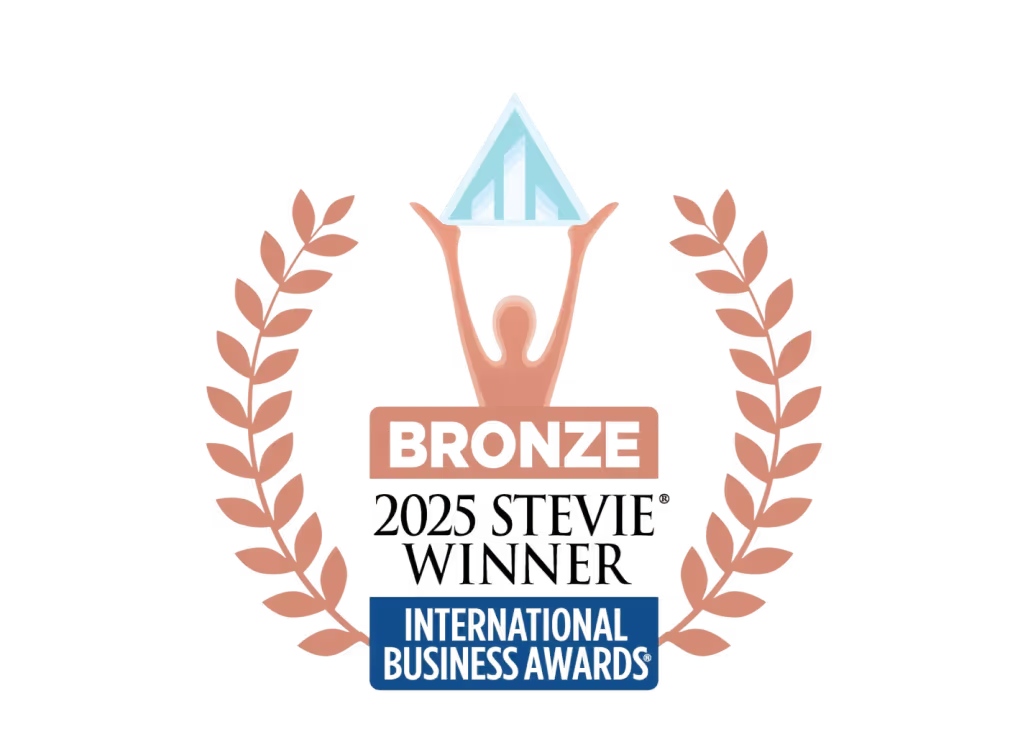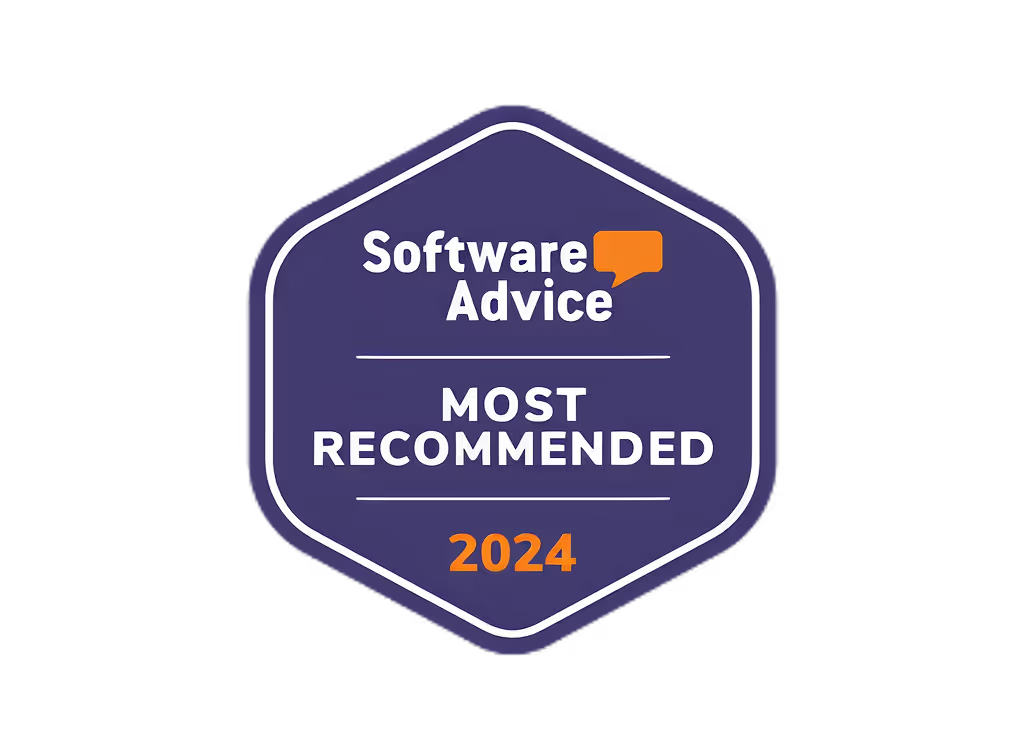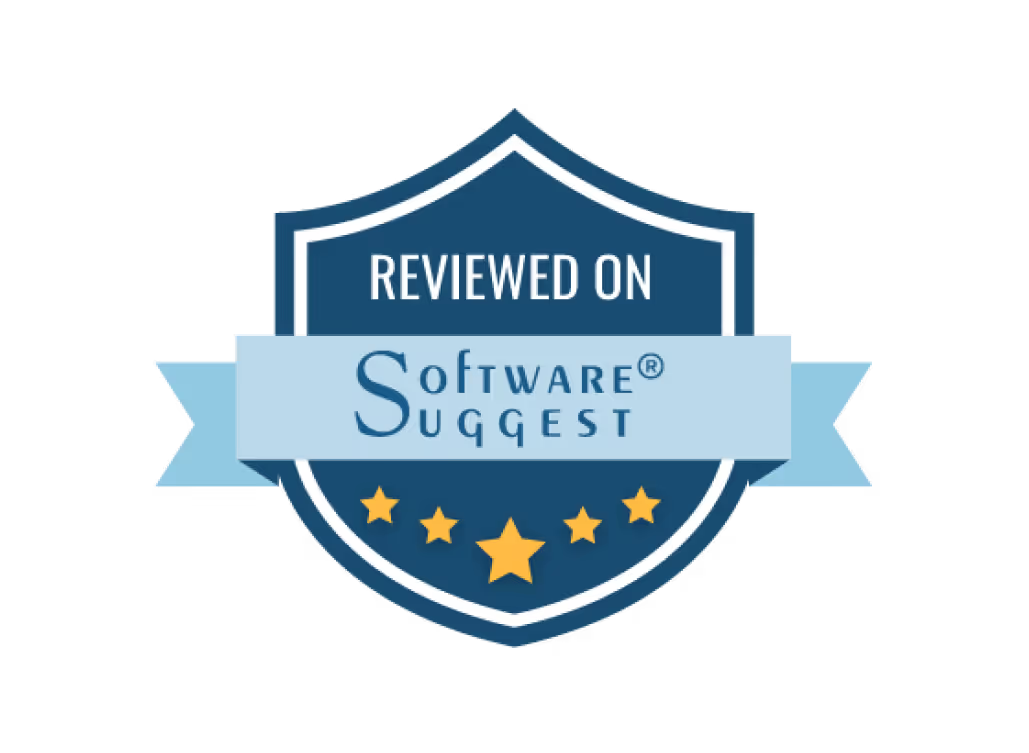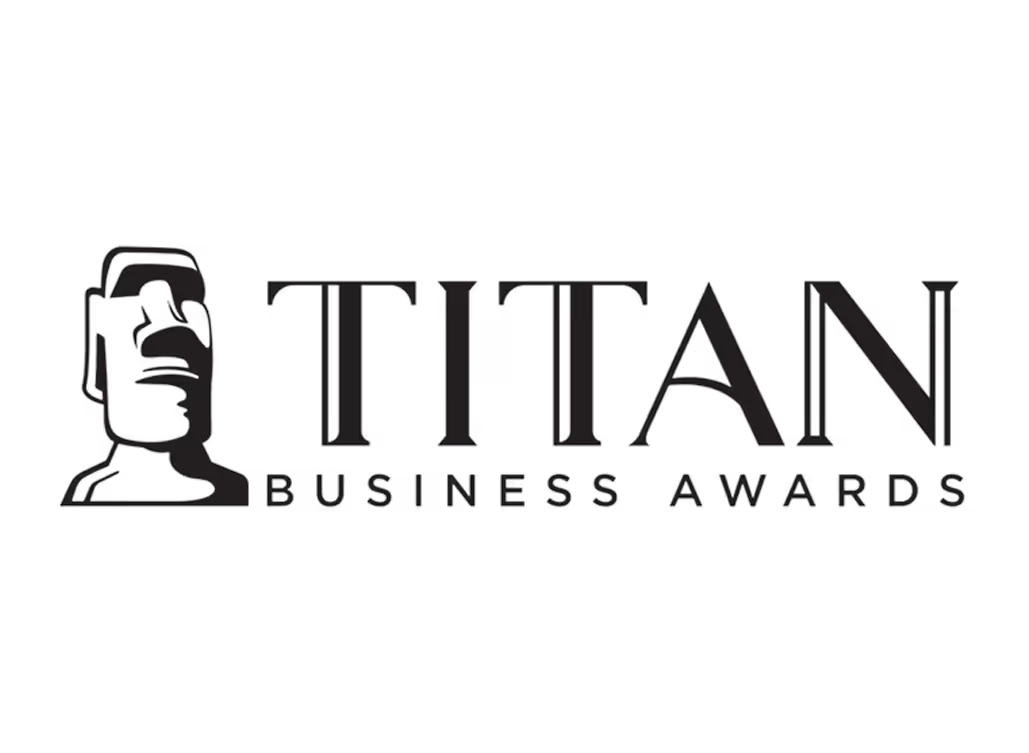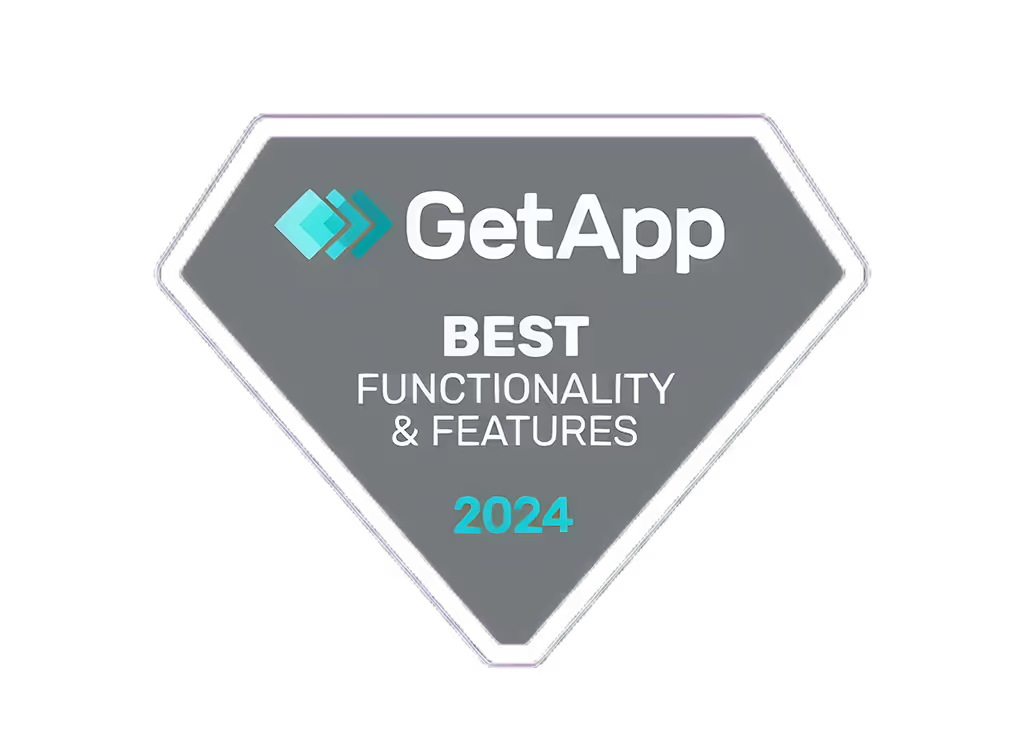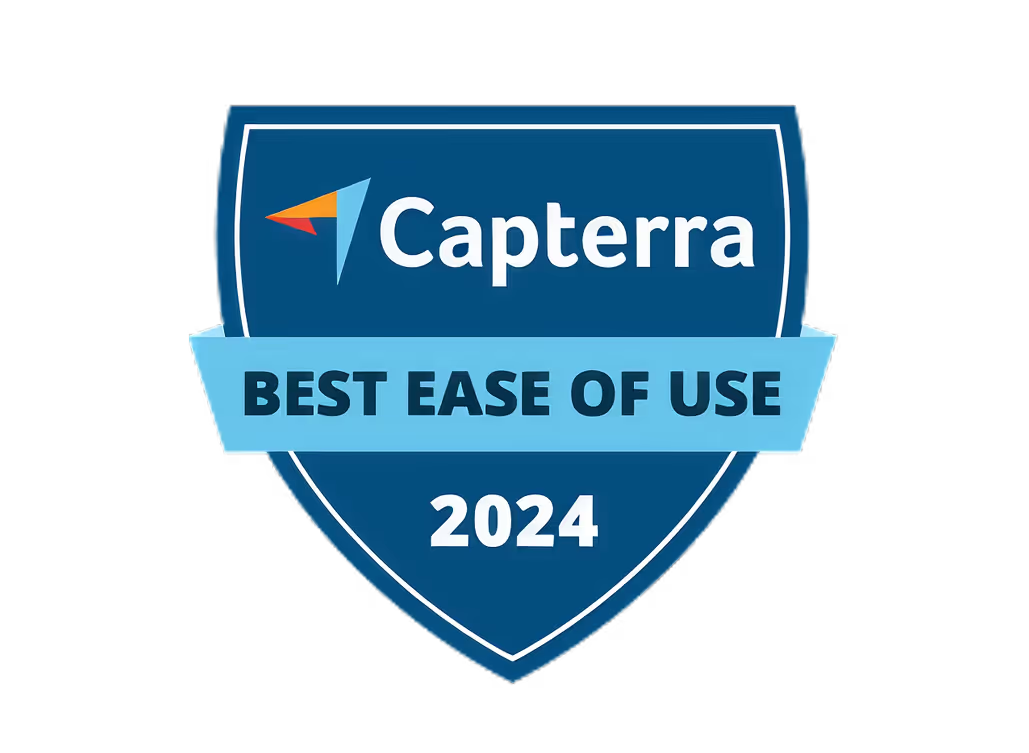User-Friendly AdRoll Alternative

Looking for a User-Friendly AdRoll Alternative? Whether you're a small business owner or someone not too keen on navigating complex software, finding an easy-to-use platform for your online ads is crucial. Here’s a quick overview of three great alternatives to AdRoll that are simple yet effective:
- Google Ads: Offers a straightforward ad creation process, automated bidding, and detailed analytics, with payment based on clicks.
- Facebook Ads: Known for its detailed targeting options and easy integration with Facebook features, it also charges per interaction.
- Microsoft Advertising: Provides step-by-step guidance for ad creation, audience targeting, and integrates well with Microsoft tools, charging on a per-click basis.
Each platform has its unique strengths, from targeting capabilities to integration options, and they all focus on making the ad management process as hassle-free as possible. Here's a quick comparison to help you decide which might be the best fit for your business needs:
PlatformEase of UseKey FeaturesPricingIntegration CapabilitiesGoogle AdsUser-friendly ad maker, straightforward dashboardAutomated bidding, audience targeting, ad extensionsPay per click, no fixed monthly fee for standard accountsIntegrates with Google Analytics, Shopify, and moreFacebook AdsSimple guide for ad creation, phone-friendly adsDetailed targeting, automated rules, audience insightsBidding system, pay for interactionsConnects with Facebook Pixel, Business ManagerMicrosoft AdvertisingStep-by-step ad creation, template useAutomated bidding, audience targeting, remarketingNo monthly fees, charged per clickWorks with online shops, CRM systems
Choosing the right platform depends on your specific business needs and where your target audience spends their time online. It's worth exploring each option to find the best fit for your ad campaigns.
Ease of Use
- The platform should be straightforward and easy for anyone to use.
- Making ads and setting up campaigns should be simple.
- You shouldn't need to be a tech expert to find your way around.
- There should be an easy-to-use tool for designing ads.
- Helpful guides and templates should be available to help you start.
Key Features
- The platform should use smart tech to pick the best settings for your ads.
- Your ads should easily go out across different online spots.
- You should be able to see how your ads are doing in real time.
- It should let you focus your ads on specific groups of people.
- The platform should handle some tasks automatically and work well with tools like MailChimp or Klaviyo for emails.
Pricing
- It should be affordable for small businesses.
- The cost should be clear and fair, without needing to commit for a long time.
- There should be a simple way to see how much it will cost.
Integration Capabilities
- It should work smoothly with online stores like Shopify and tools for emails or seeing how well your ads are doing.
- You should be able to connect it with other marketing tools you use.
- There should be a way to make it work with your own custom tools if needed.
- Managing everything should be simple, with one place to see all your info.
These points help us figure out which AdRoll alternatives are the best for those who want something easy to use but still powerful enough to get their ads out there effectively.
User-Friendly Advertising Platforms
1. Google Ads
Ease of Use
Google Ads is made to be simple for small business owners who aren't tech wizards. It's got a straightforward setup with clear instructions and help along the way. Here's what makes it easy:
- A clear dashboard that shows how your ads are doing
- A simple tool for making ads that lets you pick from ready-to-use designs
- Options to choose who sees your ads based on things like where they live or what device they use
- Features that make sure your ads look good on phones
Google does a lot of the behind-the-scenes work to make sure your ads reach the right people without making you sweat over the details.
Key Features
- Automated Bidding - Google Ads can figure out the best amount to bid for you, helping you get more people to see your ads without overspending.
- Audience Targeting - You can specify who should see your ads, like targeting by location or interests.
- Ad Extensions - Make your ads bigger with extra info like your location or a call button.
- Analytics - See detailed info on how your ads are performing, like how many people clicked on them. Works well with Google Analytics.
- Google Audiences - Use your customer data to reach out again to people who've visited your site. You can link it with email tools like MailChimp or Klaviyo.
Pricing
With Google Ads, you pay only when someone clicks on your ad. Here's how it works:
- No fixed monthly fee for standard accounts.
- Express accounts need at least $50/month.
- Managed accounts need to spend at least $10,000/month.
Most small businesses will be fine with a standard account, paying based on how many clicks they get.
Integration Capabilities
Google Ads works with:
- Google Analytics for checking on your ad's results
- Shopify for tracking sales from your online store
- CRM tools like HubSpot for keeping track of customer info
- Email services like MailChimp for reaching out to customers
- Other Google services like YouTube for more ad options
It also has tools and codes to help track sales and connect with other apps, making it easier to see everything in one place.
2. Facebook Ads
Ease of Use
Facebook Ads is pretty straightforward, making it easy for anyone, even if you're not a tech pro, to start advertising. Here's why it's user-friendly:
- A simple guide to help you build your ad, with options to change it up as you like
- You can quickly turn a regular post into an ad right from your Facebook Page
- Tools to help you find the right people to show your ads to
- Ads that look good on phones without any extra work from you
The platform walks you through the whole process, from making your ad to picking who sees it and managing your budget, without making it complicated.
Key Features
- Detailed Targeting - Find the exact group of people you want to see your ads based on where they live, what they like, and more.
- Automated Rules - Set up rules to manage how much you spend and how your ads run, all based on how well they're doing.
- Audience Insights - Learn more about the people you're targeting to make your ads even better.
- App Events - Keep track of what people do in your app to help make your ads more effective.
- Offline Events - You can tell Facebook about sales that happen because of your ads, even if they don't happen online.
Pricing
Facebook Ads uses a bidding system where you decide how much you're willing to spend for clicks or actions. You only pay when someone interacts with your ad. The cost can change depending on how many other ads are competing for space.
- No need to pay a regular fee or a set amount to start
- You pay for the clicks or actions you get, with no upfront cost
- You can adjust your spending based on your budget
Integration Capabilities
Facebook Ads connects with:
- Facebook Pixel to keep track of what people do on your website after clicking your ad
- Facebook Business Manager for managing your ads and pages
- Tools for tracking sales in stores or in apps
- Email services like Mailchimp and Klaviyo
- CRM systems like Salesforce and HubSpot
It also lets you use its API and the Facebook SDK for custom connections with other tools you use.
3. Microsoft Advertising
Ease of Use
Microsoft Advertising is great for small business owners who don't want to get bogged down in tech details. Here's why it's easy to use:
- It walks you through creating ads step by step.
- You can pick from ready-made ad designs and tweak them.
- It suggests ads for you based on what you're selling.
- You get simple reports to check how your ads are doing.
The setup is straightforward, so you can start advertising quickly. Plus, if you get stuck, there's plenty of help available.
Key Features
- Automated Bidding - Microsoft Advertising uses smart tech to decide how much to bid for your ads, aiming to get you good results without spending too much.
- Audience Targeting - You can show your ads to specific groups of people, like by where they live or what they're interested in.
- Ad Extensions - Add more info to your ads, like your location or extra links.
- Analytics - Get detailed reports on how your ads are doing. It also works with Bing Analytics.
- Remarketing - Show ads again to people who've visited your website before.
Pricing
You pay only if someone clicks on your ad. The cost depends on various things, like how much competition there is.
- No monthly fees or minimum spend
- You're charged per click
- You can set a daily budget that fits your plan
Integration Capabilities
Microsoft Advertising can work with:
- Online shops like eBay and Amazon
- Email tools like MailChimp and Constant Contact
- CRM systems like Salesforce
- Other Microsoft tools, including Excel and Power BI
You can also connect it with other software you use through its API.
Comparative Analysis
When we look at Google Ads, Facebook Ads, and Microsoft Advertising compared to AdRoll, we're checking out a few main things to see which one is easier for people who aren't tech-savvy.
Ease of Use
All three options try to make things straightforward for you to create and manage ads without needing to know a lot of tech stuff.
- Google Ads and Microsoft Advertising guide you through making ads with templates that are ready to use.
- Facebook Ads lets you quickly turn your posts into ads and helps you pick who should see them, making it easier to get started.
Overall, these alternatives might be just as easy or even easier to use than AdRoll.
Key Features
These platforms have great tools to help you reach the right people, automate some decisions, understand how your ads are doing, and show your ads again to visitors.
- Facebook Ads has a special feature for tracking sales in real life, and Microsoft Advertising works really well with Bing Analytics.
They seem to offer as much or more than AdRoll when it comes to features.
Pricing
They all use a system where you pay based on how many people click on your ads, with no required monthly fees. This makes it easier to manage your budget.
- Only the fancier account types have a minimum spending rule, which most small businesses won't need.
Their pricing models are good for small businesses.
Integration Capabilities
These platforms let you connect with important tools like online shops, email services like MailChimp and Klaviyo, CRM systems, and software for checking your ad performance.
- Google Ads and Microsoft Advertising also let you link up with their other tools, like YouTube and Excel.
Their ability to work with other tools seems just as good or better than what AdRoll offers.
In short, Google Ads, Facebook Ads, and Microsoft Advertising are good options for people who want something simple but effective, with features, pricing, and ways to connect with other tools that are as good or better than AdRoll.
sbb-itb-606b7a1
Pros and Cons
Let's break down the good and not-so-good points of the main alternatives to AdRoll we've looked at. This quick summary will help you figure out which one might be the best choice for your business.
PlatformProsConsGoogle Ads- Super user-friendly ad maker
- Great at targeting the right people
- Gives you lots of data to see how ads are doing
- Lets you adjust how much you spend
- Works well with other Google stuff- Needs time to get just right
- Could give more details in reportsFacebook Ads- Easy to make ads
- Can very specifically target ads
- Has a tracker for seeing results
- Integrates with Facebook stuff really well
- Doesn't cost too much- Reporting could be better
- Not great if you use tools outside of Facebook
- Takes extra steps to limit ad repeats
- Learning all the features takes timeMicrosoft Advertising- Guides you through making ads
- Uses templates to help start
- Good prices for clicks
- Can target ads to people who visited before
- Connects with some Microsoft tools- Not as good at targeting as others
- Less choice in how you spend
- Not as popular in some business areas
- Reports could give more info
Google Ads is really good because it's easy for beginners but also has lots of tools for those who want to dig deeper. It also plays nice with other Google services.
Facebook Ads is great for getting your ads in front of the right eyes without spending a lot, but tracking how well your ads do outside of Facebook can be tricky.
Microsoft Advertising is quick to set up but might not have all the fancy targeting and reporting features of the others.
The best choice depends on what you're looking for and where your customers hang out online. Trying out different ones is the best way to see what fits your business.
Conclusion
After looking into it, Google Ads, Facebook Ads, and Microsoft Advertising are all good choices if you're running a small business and need an easy way to handle your ads.
Here's a quick recap of what we found:
Ease of Use
All three options make it pretty simple to create ads and get your campaign going. They have helpful guides and tools to help you start. Google Ads and Microsoft Advertising are particularly good because they offer templates to make things even easier.
Key Features
These platforms have everything you need to target your ads right, automate some of the work, understand how your ads are doing, and bring back people who visited your site before. Facebook is really good at tracking sales that happen offline, and Microsoft Advertising works well with Bing.
Pricing
They all let you pay only when someone clicks on your ad, which is great for keeping costs down. There are no monthly fees for the basic setup.
Integration
They work well with online stores like Shopify, email services like MailChimp and Klaviyo, and CRM systems like Salesforce. They also offer ways to connect with other tools you might use.
Choosing the right one depends on what you're selling and who you're trying to reach. Google Ads is great for its targeting and analytics. Facebook Ads is perfect for getting your ads in front of the exact right people and tracking in-store sales. Microsoft Advertising is a good start for ads on the Bing network.
It's a good idea to try a little bit of everything to see what works best for your business. It takes time to get your ads just right, but these platforms give you lots of data to help you make good decisions.
Related Questions
What is the difference between Google ads and AdRoll?
Google Ads shows your ads to people when they search on Google, focusing on what they're looking for and where they are. AdRoll, on the other hand, helps you show ads to people who have visited your website before, no matter where they go online next.
Google Ads helps you find new people who might be interested in what you offer, while AdRoll keeps reminding people who already know you to come back.
Who uses AdRoll?
AdRoll is popular in the US, with over 31,000 businesses using it, including in the UK, Canada, Australia, and India. It's mostly used by online stores wanting to remind people about their products and get them to come back and buy.
Is AdRoll an ad network?
Yes, AdRoll is like a one-stop shop that lets you place ads in different places online, including on websites, social media, and videos, all from one place. It helps you manage your ads across these different spots, aiming to get you the best results for your money and makes it easier to see how your ads are doing.
What is App AdRoll?
App AdRoll is a tool specifically for mobile apps. It helps app owners show ads to people who have used their app before, across the web, on social media, and in other apps. This way, they can encourage people to use the app again. It comes with tools to help you see how well your ads are working and make them better.









